If you’re new to the world of espresso drinks and eager to explore options beyond a basic shot, this article is for you!
Here, I introduce 30+ types of espresso drinks and note their critical differences. This guide will help you explore the exciting world of espresso. And give you the confidence boost to order desired espresso drinks. Keep reading to learn the different types of espresso drinks and their comparison.
Black coffee
- Single Shot, AKA. Espresso
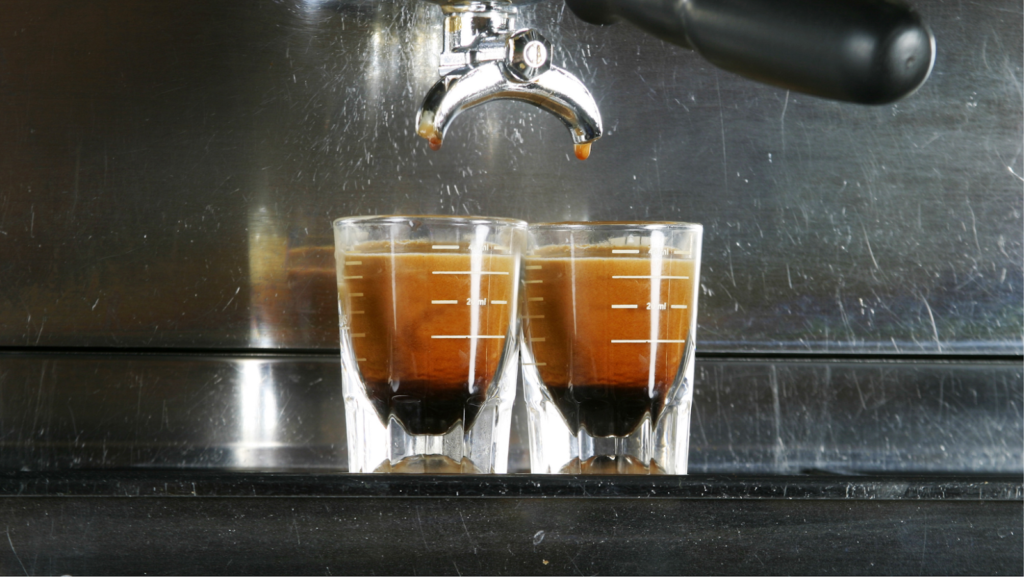
A single shot is the classic espresso. Even weighing just an ounce per serving, it boasts a strong, intense, and somewhat bitter flavor with aromatic, full-bodied richness, hints of sweetness, and a quick, complex taste experience.
- Ristretto

A Ristretto (ree-STREH-toe), which translates to ‘restricted,’ is a common variation of espresso. It gets its name from its brewing mechanism. The idea is to limit the flow by only using half the amount of water required to brew a regular espresso.
Regarding coffee-to-water ratios, a ristretto uses a ratio of 1:1, while an espresso follows a 1:2 ratio. In this sense, the flavor will be more intense, thicker, oozier, and textured than an espresso.
- Lungo
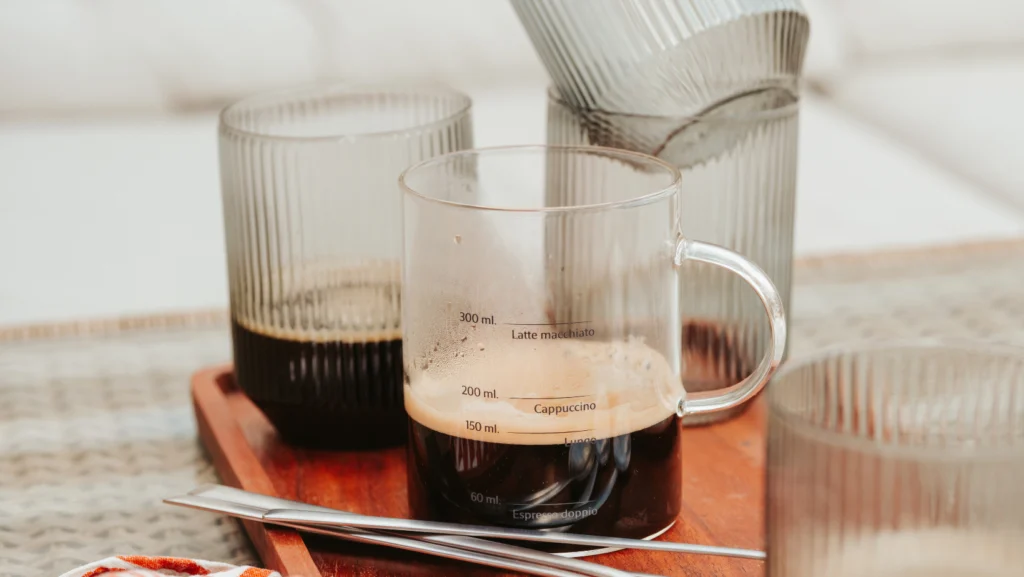
Gaining popularity in modern coffee shops is the Lungo (LOON-goh), which means long in Italian. It is the total opposite of a ristretto. The coffee-to-water ratio is much higher, having twice or up to six times the water used in a regular shot for the same amount of ground coffee.
A coarser grind is also used to allow more liquid to flow through with a similar brew time. It accounts for its higher extraction level and caffeine content. Though its flavor is more bitter, it is less intense than a standard espresso. A single serving is about two ounces in a tall glass.
- Doppio, AKA. Double Shot

Doppio (DOH-pee-OH) is Italian for double. It is a double shot of espresso made using twice the amount of ground coffee and water. It has become the industry standard for most countries, such as the United States, Australia, and New Zealand.
- Americano
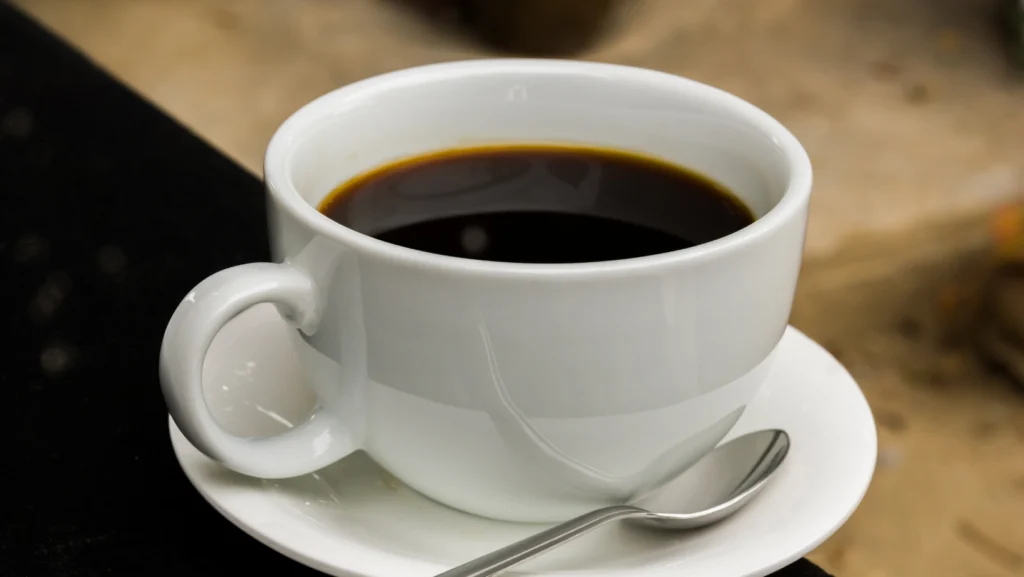
Americano is a diluted espresso for those who prefer a less intense coffee. It gets its name from the American soldiers during World War II who drank coffee by diluting an espresso shot with 100 to 120 mL of water.
Some would wonder about the difference between an Americano and a lungo. Their unique brewing process creates a difference in flavor. Lungo has a more pungent taste and bitterness because it uses less water and a longer extraction time, pulling more out of the grounds.
- Long Black

Instead of shots of espressos, long black uses double ristrettos on top of hot water. It’s a more robust, slightly more textured drink than an Americano. Another key difference is the order of adding water and espresso.
When making Americano, we pour hot water after adding the espresso shot, breaking the crema, and mixing it into the coffee. The final look is similar to pure black coffee.
In reverse, we pour hot water into a glass before incorporating a double ristretto to make a Long Black. This method preserves the velvety crema characteristically found in espresso. Additionally, less water is added to make this specific drink.
Long black is typically found in its origin, the Pacific regions of Australia and New Zealand.
- Red Eye
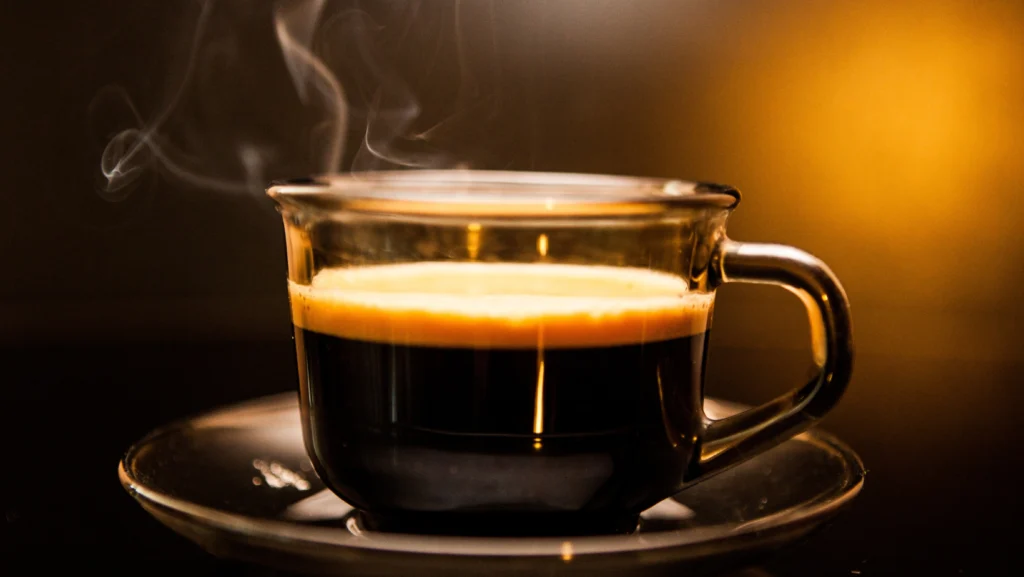
Red Eye is a strong, highly caffeinated drink made by pouring one shot of espresso into a cup of black coffee. People often consume it early in the morning to help wake them up and eliminate “red eye,” hence the name.
- Black Eye
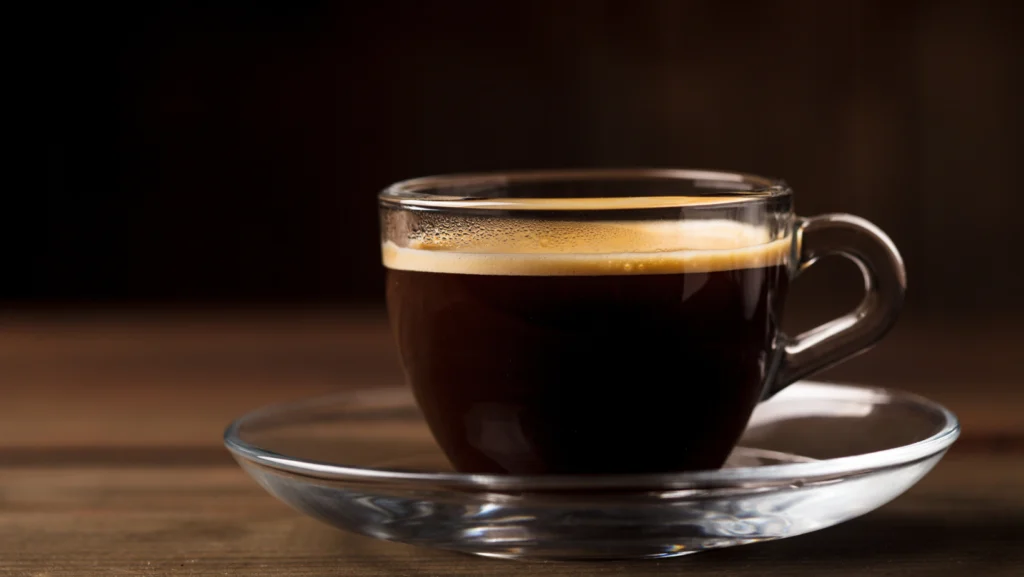
A Black Eye is an even more robust variation of a red eye, adding a double shot of espresso to a cup of black coffee. The name “black eye” refers to the dark, black color of the coffee. But, it can also be the look on your face when someone punches you, which provides quite the jolt to awaken your senses and potentially leave you with a black eye.
- Dripped Eye (Dead Eye)

A dead eye is the strongest of the four “eyes” in the world of espresso, adding three shots to a cup of black coffee. It got its name because it aims to warn you about the potential risks of drinking too much coffee.
- Lazy Eye

The lazy eye is a less-caffeinated option made by adding two espresso shots to decaffeinated black coffee. It is a good choice if you’re interested in a milder caffeine kick than a Red Eye.
Milk Coffee
- Espresso Macchiato
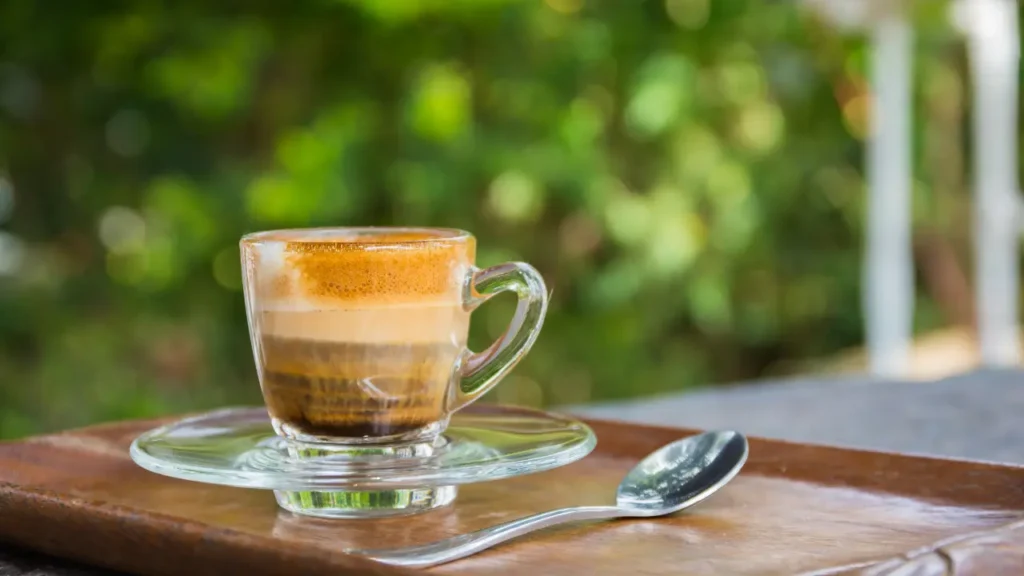
Macchiato (MOCK-e-AH-toe) means “mark” or “stain” in Italian.
Back then, because of the crema covering, you couldn’t distinguish a regular shot from one espresso served with milk. The barista would drop a spoon of frothed milk on top of an espresso to create a Macchiato to differentiate them. This was the method used to serve macchiato until latte art became incredibly popular.
Along with its serving method, this creamy drink has also evolved. Now, a macchiato is prepared with a 1:1 ratio of espresso to milk and topped with a thin layer of foam.
- Caramel Macchiato (Flavored Macchiato)
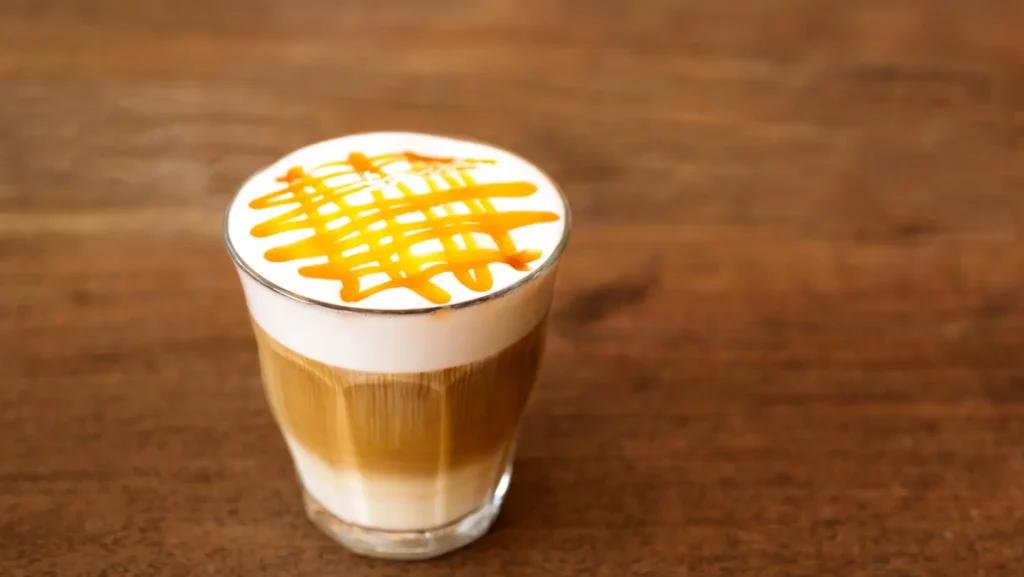
Properly made, caramel macchiato is an espresso shot with buttery caramel, sweet vanilla syrup, and milk. However, Starbucks has reinvented this drink by drizzling some caramel over a serving of latte.
Undoubtedly, it has caused a great deal of confusion over the last 10 to 15 years in many coffee establishments.
- Short Macchiato
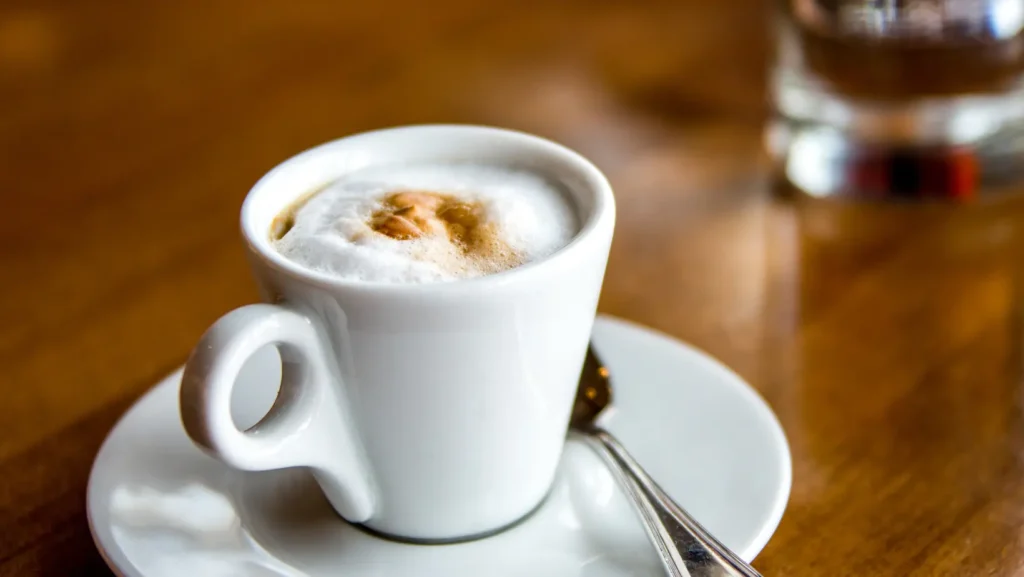
A short macchiato is a shot of espresso served with a little scoop of frothed milk on top, adding a layer of creaminess and sweetness. It’s a strong and flavorful coffee without a bitter taste like some espresso drinks.
- Long Macchiato

A long macchiato is prepared like a short macchiato; however, instead of using one shot of espresso, it uses two. Naturally, it tastes stronger and contains more caffeine than a short macchiato.
- Espresso Romano

Espresso Romano is simply a shot of espresso with some lemon slices or chunks.
Often, lemon would be perfect with coffees made with dark-roasted beans as it creates a more pleasant taste. However, adding lemon to light-roasted specialty coffees might add more acidity to an already acidic beverage.
- Espresso Con Panna
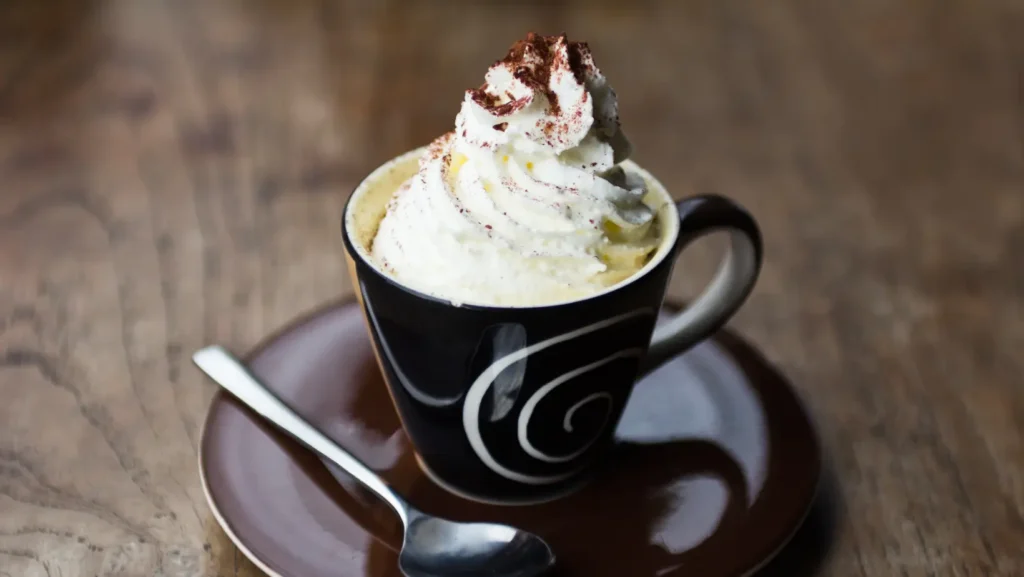
Espresso con panna (kon PAAN-nah) means espresso with cream in Italian. As the name suggests, this drink is made by adding a teaspoon or two of whipped cream to a serving of espresso.
It’s a strong and creamy drink perfect for those who have a sweet tooth. It’s also more commonly brewed with dark roasted beans, where you can buffer its bitterness with cream. People often serve it as a dessert after a meal.
We often see this drink more commonly outside Italy. It is not necessarily a traditional drink but more like a modern-style specialty coffee.
- Cortado

Historically speaking, Cortado is a Spanish or Portuguese drink. The name means “cut” or “chop” in Spanish. Originally, it followed a 1:1 ratio of espresso and steamed milk.
These days, it’s become a bit like macchiato in that it’s served a full cup so that baristas can create latte art. Moreover, Cortado’s espresso-to-milk ratio now varies from 1:1 to 1:3. So, there’s quite a shift in the strength or size of the drinks from different coffee shops.
This is a drink that shows the divergence of modern and traditional styles.
- Piccolo Latte

Piccolo is like a macchiato, though it follows a different espresso-to-milk ratio of 1:2 to 1:4 instead of 1:1. You could say that this is a creamier drink than those mentioned above.
- Vienna

Vienna coffee is a long black with whipped cream atop. It is often garnished with cacao or cinnamon powder to enhance the flavor.
- Caffé Latte

Latte means “milk” in Italian. It was invented in Italy to suit the taste of American tourists who wanted to drink a whiter cup of coffee. Since then, it has become one of the most popular drinks in modern America.
To make a Latte, a relatively big cup (around 300 mL) is filled with a double shot of espresso, steamed milk with double the volume of espresso, and then topped with a centimeter of milk foam. The milk flavor dominates this beverage more than in other espresso-based drinks.
Nowadays, latte comes in endless versions: from standard vanilla latte to charcoal, cascara, granita latte, dirty chai latte, and many, many more. If you like to experiment, this drink is for you, as the options are never-ending.
- Latte Macchiato

A latte macchiato is a shot of espresso staining into a latte. The latte macchiato has a milder taste than a regular macchiato and is less intense, but it has a more robust flavor than a regular latte.
To make it, pour ⅓ to ½ cup of steamed milk into a glass and then add a shot of espresso, giving it a layered appearance.
- Flat White

Flat White is a cross between a cappuccino and a latte. It uses a double shot of espresso mixed with an equal amount of steamed milk topped with a skinny layer of foam on top, giving it a smooth, velvety, robust texture.
This is the coffee drink for you if you want something larger than a cortado but not as diluted as a cappuccino or a latte. Flat whites are popular in Australia and New Zealand. With both countries fighting claim as to who invented it first!
- Cappuccino

The Cappuccino is a well-known and beloved Italian classic. Baristas used to prepare cappuccino with a single shot of espresso, topped with heavily frothed milk, but now incorporating double shots has become common in many cafes across the globe.
This drink’s thick layer of microfoam is quite iconic, as it gives you a white mustache when you take that first sip! Some cafes also serve their cappuccinos with a dusting of chocolate powder on top of it.
There is a critical difference between latte and cappuccino, and that is the proportion of espresso to milk to foam. In a cappuccino, the ratio is ⅓ espresso, ⅓ heated milk, and ⅓ foam. While in a latte, it is ⅓ espresso and ⅔ steamed milk topped with a centimeter of foam.
- Dry Cappuccino

Dry Cappuccino is a variation of the classic cappuccino. Ordering this, you get a thick, white, fluffy foam atop the espresso shot and no liquid milk mixed in. This is why it’s called dry. It has a bolder flavor and lesser sweetness.
- Mocha

Mocha is Latte’s fraternal twin. These drinks share all similarities except chocolate. Mocha is a double espresso with chocolate syrup, cocoa powder, steamed milk, and whipped cream.
The espresso and milk balances bitterness and creaminess, and chocolate gives the mocha its signature sweetness and rich flavor. If you like your coffee sweeter, try adding caramel or peppermint syrup.
It’s usually served at the end of a meal or with dessert.
- Galão

Galão(ga-lah-oh) is a creamy Portuguese drink made by adding together a quarter of espresso and three-quarters of milk foam. It’s a popular breakfast cafe drink and tastes similar to a latte.
- Breve

A breve (brev-ay) is an espresso-based drink like a cappuccino. It uses half-and-half or equal parts of whole milk and heavy cream instead of just milk, giving it a more prosperous and creamier taste. You can also add some vanilla or caramel for sweetness.
- Café noisette

A café noisette (nwah-zett) is an espresso with a small amount of milk. The resulting color is that of a noisette or French for “hazelnut.” It uses no steamed or frothed milk, making it different from a cappuccino.
Other Espresso Drinks
- Affogato
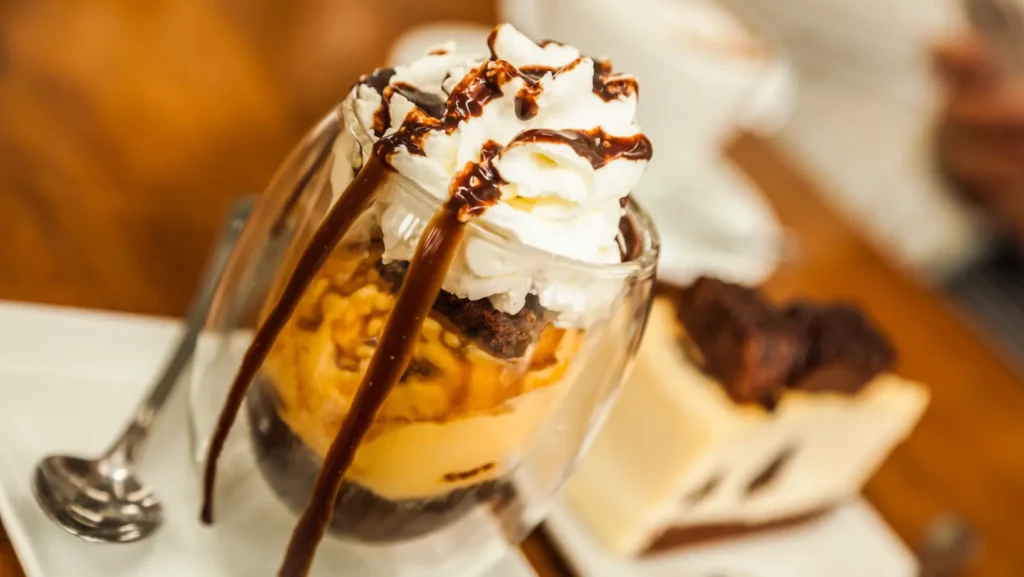
An affogato is made by pouring an espresso shot on top of a scoop of vanilla ice cream! Really, It is more of a dessert than a drink. you can find it more commonly in restaurants than in cafés.
- Black tie

A Black tie is similar to a Black eye. But instead of adding an espresso shot to black coffee, hot Thai tea is used. This drink has an orange-like aroma and a bitter espresso flavor, so you sometimes get a sweet and dark taste.
- Espresso Martini

The espresso martini is the perfect drink for cocktail lovers who also need their kick of caffeine.
We add an espresso to a mix of vodka, coffee liqueur, and syrup to make this. The result is a delicious and refreshing drink perfect for any occasion. Serve it in a martini glass with or without ice and often topped with roasted coffee beans as a garnish.
Want to know the caffeine content in espresso? Check out our article “Which coffee has the most caffeine?”.

